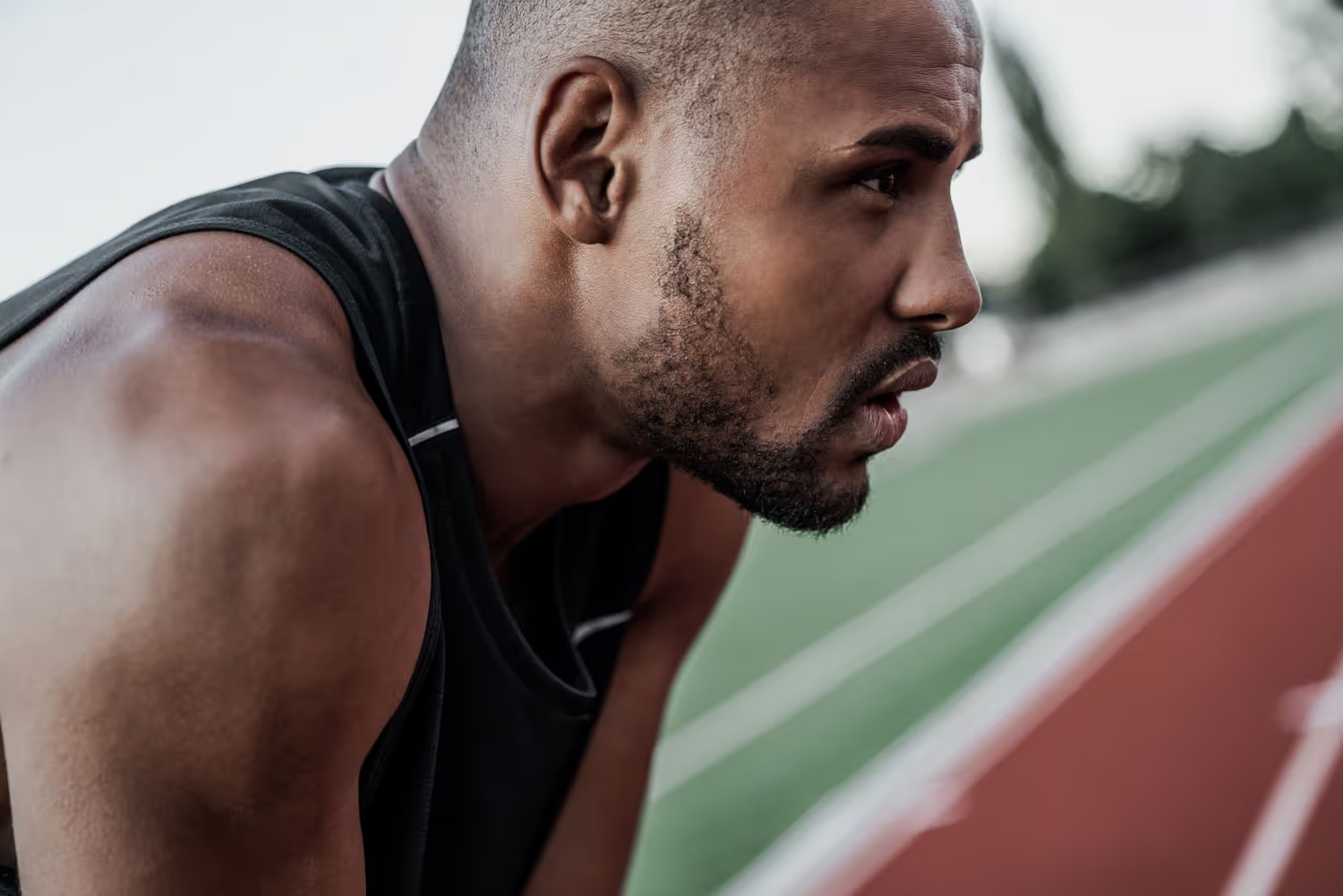In the last blog, we talked about avoiding fear avoidance. Kinesiophobia, or the fear of movement, is another mental part of recovery that we see more commonly with return to sport. It's natural to feel apprehensive of movement after being sidelined by an injury, but dwelling on these fears can hinder progress. There is research that shows a negative impact on recovery and return to sport with increased kinesiophobia after an injury. Instead, we encourage you to reframe your mindset and focus on the variables within your control. Avoiding kinesiophobia starts with understanding that the body is incredibly resilient.
You are probably acutely aware of exactly why your injury occurred, but make sure to avoid overthinking about every little movement. While it is important to avoid old habits of poor movement patterns and other things we have trained away, it is also important to make sure you are not overthinking every step you take. Overthinking can create even more unnatural movement patterns that can lead to another injury.
A good rule of thumb is to focus on one or two cues for normal movement, otherwise you may start to overthink and create more movement faults. While it's crucial to follow proper form and technique, obsessing over every detail can lead to paralysis by analysis. Our bodies are designed to move instinctively, and allowing ourselves to flow with that natural rhythm can enhance performance and reduce the risk of overuse injuries. Allow yourself to move freely without overthinking. Your muscle and motor memory will take over as you reintegrate into your training regimine. Just as riding a bike becomes second nature once you've learned, our muscles have a memory that allows them to relearn movement patterns over time. There is actually research that shows there are fewer movement faults in those who only focus on the movement they are performing versus those who focus on multiple cues for positioning when returning to sport. Trusting in this process is key to overcoming fear and building confidence in your body's abilities. A good rehab program should help prevent overthinking by designing the end of rehab to look a lot like your sport. At Conquer Movement, we make sure to reintroduce sport specific movements into your rehab program and provide any necessary cueing, that way you are not left wondering whether or not you are moving correctly. By the end of rehab, you will have enough practice and repetitions moving correctly that you shouldn’t need any cueing and there should be little to no worry when it comes to returning to your sport.
Instead of fixating on the fear of reinjury, focus on gradual progression and celebrating small victories along the way. Each step forward, no matter how small, brings you closer to your ultimate goal of returning to sport at full strength. By embracing this mindset shift, you'll not only recover physically but also mentally, emerging stronger and more resilient than before. Instead of comparing your performance to your pre-injury performance, this mindset shift allows you to track your progress since becoming injured. Since we cannot go back and stop this injury from occurring, there is more benefit in focusing on your current progress. In the rehabilitation process, you also end up learning a lot of helpful methods for avoiding future injuries. While this injury was not able to be prevented, we can prevent a new injury from occurring through using the tools that have been implemented during our extensive rehabilitation process.
If you are hoping to return to sport after an injury, book a call with one of our experts. We will focus on your awareness of correct movement patterns and build your rehab program in a way that looks a lot like your sport, that way when you return to sport you will have the knowledge and confidence to avoid re-injury!
Dr. Kylie Miller
Performance Physical Therapist
Wilmington, NC
Follow here for more performance tips: @conquermovementpt

